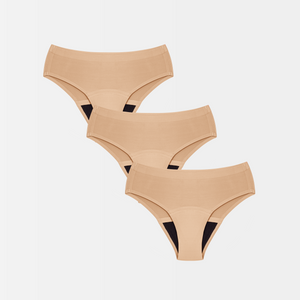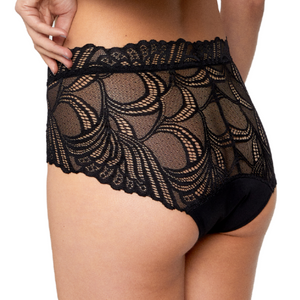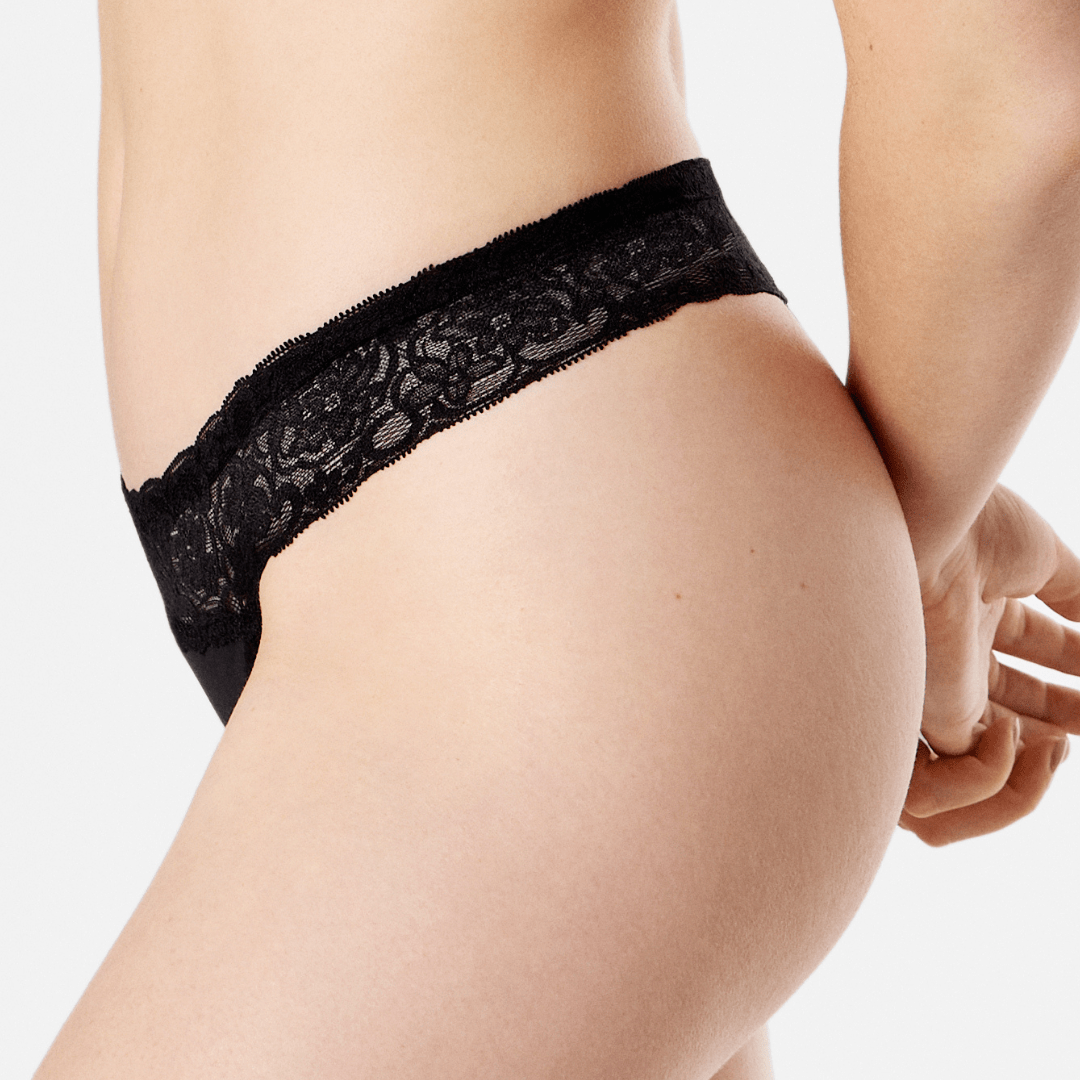Period pain: symptoms & treatment
One third to even half of all women in childbearing age struggle month after month with menstrual pain. Menstrual pain can vary greatly: from mild mood swings to depressive moods, headaches or abdominal pain, water retention, cravings, fatigue and pretty bad mood are on the agenda for many. For some women, menstrual pain is more pronounced and for others it is less severe. Either way - we reveal what symptoms and causes there are and what can really help.
Symptoms of menstrual pain
Typical symptoms of menstrual pain can include a pulling sensation in the lower back and abdomen, as well as pain or swelling on the legs. In addition, you may be more sensitive to headaches or migraines. In some cases, there may also be loss of appetite, nausea, vomiting, and diarrhea. Furthermore, you may become more irritable to external influences such as light or noise.
Menstrual pain: What causes and risk factors are there?
When it comes to menstrual pain, known as dysmenorrhea, it is important to distinguish between primary dysmenorrhea, which occurs since the first period, and secondary dysmenorrhea, which occurs later. Secondary dysmenorrhea may be due to physical changes, psychological impairments or conditions such as endometriosis or adenomyosis. Contraceptives such as the hormonal or copper intrauterine device (IUD) may also cause menstrual pain. Are you unsure whether your menstrual cycle symptoms are normal? To be on the safe side, you can always discuss your symptoms with your gynaecologist. In some cases, a hysteroscopy or endoscopy can be used for diagnostic or surgical purposes. In both cases, the doctor looks inside the uterus with a special endoscope that is inserted through the cervix.
Risk factors such as smoking, alcohol consumption during the period, over- or underweight, and long, heavy menstrual bleeding can impair and aggravate menstrual pain. Also your cycle length can be influenced by them.
What helps with menstrual pain?
We have compiled some tips for you on what can really help with menstrual pain and how to deal with severe menstrual pain. However, the most important thing is always to listen to and trust your body.
Menstrual pain: 5 things that really help
Find out now what 5 things can really help you relieve your menstrual pain and why.
Menstrual pain tip #1: With the power of herbs
Before going for painkillers, which further burden your organism, try herbs and oils. There are great natural tea blends for every taste. Ingredients such as ginger, lemon verbena, or peppermint have a relaxing and calming effect on digestion. If you suffer from mood swings, St. Johns Wort, Melissa, and yarrow can help.
Menstrual pain tip #2: Keep it warm!
It is key for cramps, PMS, and menstrual pain: warmth - no matter if you reach for a cherry stone pillow, a hot water bottle or take a hot bath. With our underwear with heating pad, you are well equipped. It has two integrated pockets, on the lower back and on the abdomen, where you can place our heating pad. This way you stay mobile and carry the warmth with you. For a soothing and and secure feeling.
Period Pain Tip #3: Eat Yourself Cramp-Free!
Especially during your period, it is important to drink plenty of still mineral water to ensure that your body receives all the important nutrients it needs. Pay attention to a balanced diet, especially magnesium, as a deficiency can intensify cramps. Natural magnesium can be found in bananas, nuts, sesame, quinoa, amaranth, or oat wholemeal flakes. How about a large, delicious bowl of cereal? It can work wonders for PMS and period pain.
The bitter truth: Alcohol is not a solution for period pain. A glass of wine can quickly go to your head. Caffeine and salt should also be consumed in moderation, as both dehydrate the body and therefore reinforce symptoms.
Period Pain Tip #4: Period Underwear!
Period panties can be a real game changer for period pain. Unlike tampons or menstrual cups, you dont have to insert anything and you dont have to deal with sticky messes like with pads. Just put them on, feel comfortable, and youre done. Our femtis period underwear feels like a second skin and keeps your belly nice and warm. Many of our customers report that their period pain has become easier to manage with menstrual underwear!
Menstrual pain tip #5: Get off the couch!
Even if its hard and you want to sink into the couch: exercise helps with menstrual pain. Walking, light jogging, swimming or yoga increase blood flow and can relieve cramps in the uterus. Additionally, it helps to clear your mind and focus on other things. However, dont overdo it and dont push yourself too hard. No matter what type of exercise you choose: with our femtis period panties, you are always on the safe side. Whether as a backup to tampons or menstrual cups, or just by themselves: thanks to the 5in1 membrane, our period panties can absorb up to nine tampons. So even with the greatest urge to move, nothing can go wrong.
What can you do for severe menstrual pain?
Severe menstrual pain is not easy to soothe. See how your body reacts to different approaches. You can try acupressure or acupuncture, gentle movement or yoga and meditation. Sometimes, taking medication like ibuprofen or paracetamol is the only solution. These drugs have pain-relieving, antispasmodic and anti-inflammatory effects.
Despite all the tips, sometimes only sweets and your favorite series can help. Its perfectly okay to curl up in bed during PMS and menstrual pain. Listen to your body and do what feels good for you - after all, you know yourself best. Whether gym or couch - were happy to accompany you during your period and are happy to answer any questions you may have.
sources:
https://www.gesundheit.gv.at/krankheiten/sexualorgane/weibliche-hormone-zyklus/dysmenorrhoe.html
Wichtl- Teedrogen und Phytopharmaka, W. Blaschek, 6. Auflage, Wissenschaftliche Verlagsgesellschaft mbH, 2016, Stuttgart
Praxis-Lehrbuch Heilpflanzenkunde, U. Bühring, 4. Auflage, Haug Verlag, 2014, Stuttgart
























